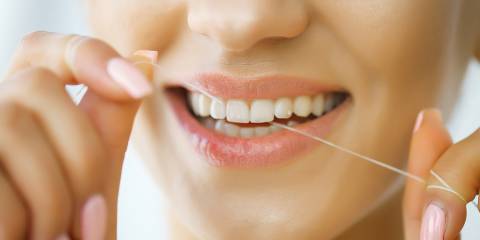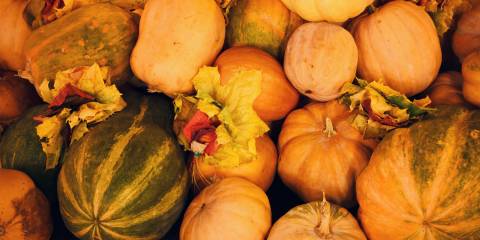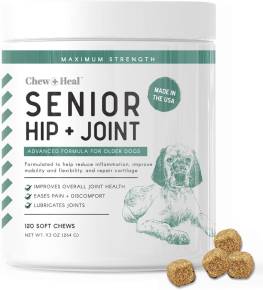If presented with two pictures, one of a mushroom fruit body and one of mushroom mycelium, and asked to point to the mushroom, most people would point to the fruit body without hesitation. Because mushroom fruit bodies are so easily identifiable to the majority of people, and there is much less awareness outside of mycology circles regarding mycelium, it’s easy for mushroom supplement companies to emphasize the importance of the fruit body when marketing their products.
Similarly, it’s easy for those same mushroom supplement companies to dismiss the use of mycelium as somehow less beneficial than fruit body–only supplements. They will often put particular emphasis on the high beta-glucan content found in mushroom fruit bodies. But the truth is, both mushroom mycelium and the mushroom fruit body offer benefits to human health.
Host Defense® uses the mycelium, the fermented substrate, and the fermented metabolites all together. This provides a greater range of metabolically active compounds than those found in mushroom fruit bodies alone. Research has shown that in Host Defense® products, the mushroom mycelium and the fermented substrate are both immunologically active and offer a complementary array of health-supporting compounds.§ The mycelium robustly engages NK cells, NK T cells, monocytes, B cells, and T lymphocytes. Note that the immune cells associated with allergic reactivity like mast cells and eosinophils are NOT engaged. The fermented rice engages the immune system’s checks and balances to keep it from overreacting, thereby maintaining our immune response within the “Goldilocks Zone” (not too little, not too much, but just right!).§
While part of the immune activity is due to beta-glucan content, polysaccharides and other compounds found within Host Defense® products are also responsible for immune activation and immune modulation. Singling out beta-glucans as the only active compound neglects to take into account the complex chemistry of a whole mushroom product. Use of mushroom mycelium captures a more extensive range of beneficial compounds.
Last year we collaborated with NIS, Inc., a third-party lab based in Oregon, to publish an open-access, peer-reviewed research article in the journal BMC Complementary and Alternative Medicine about the immune benefits of mushroom mycelium and fermented substrate. And just this year we published a peer-reviewed article in the Journal of Inflammation Research about the efficacy of the Host Defense® MyCommunity, a 17-mushroom species blend that is shown to actively engage the immune system.
At Host Defense®, we follow the science. And years of industry-based research, along with both internal and third-party testing, tells us that mycelium-based mushroom supplements offer significant immunological support. In addition, research also confirms that the fermented substrate used to grow Host Defense® mycelium is also immunologically active.
That’s why we use mushroom mycelium in ALL of our products—because it works!§





